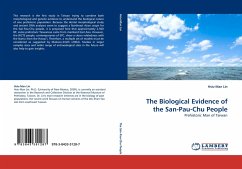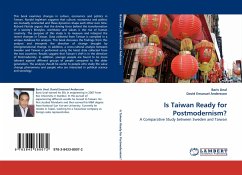This research is the first study in Taiwan trying to combine both morphological and genetic evidence to understand the biological nature of one prehistoric population. Because the dental morphological study and ancient DNA analyses seem to suggest a Northeast Asian origin for the San-Pau-Chu people, it is proposed here that approximately 2,500 BP, some prehistoric Taiwanese came from mainland East Asia. However, the WCTS people, contemporaries of SPC, show a closer relatedness with the Namu from the Hawai'i. Therefore, a multiple set of models must be considered as suggested by Matisoo-Smith (2004). Studies in larger samples sizes and wider range of archaeological sites in the future will also help to gain insights.








